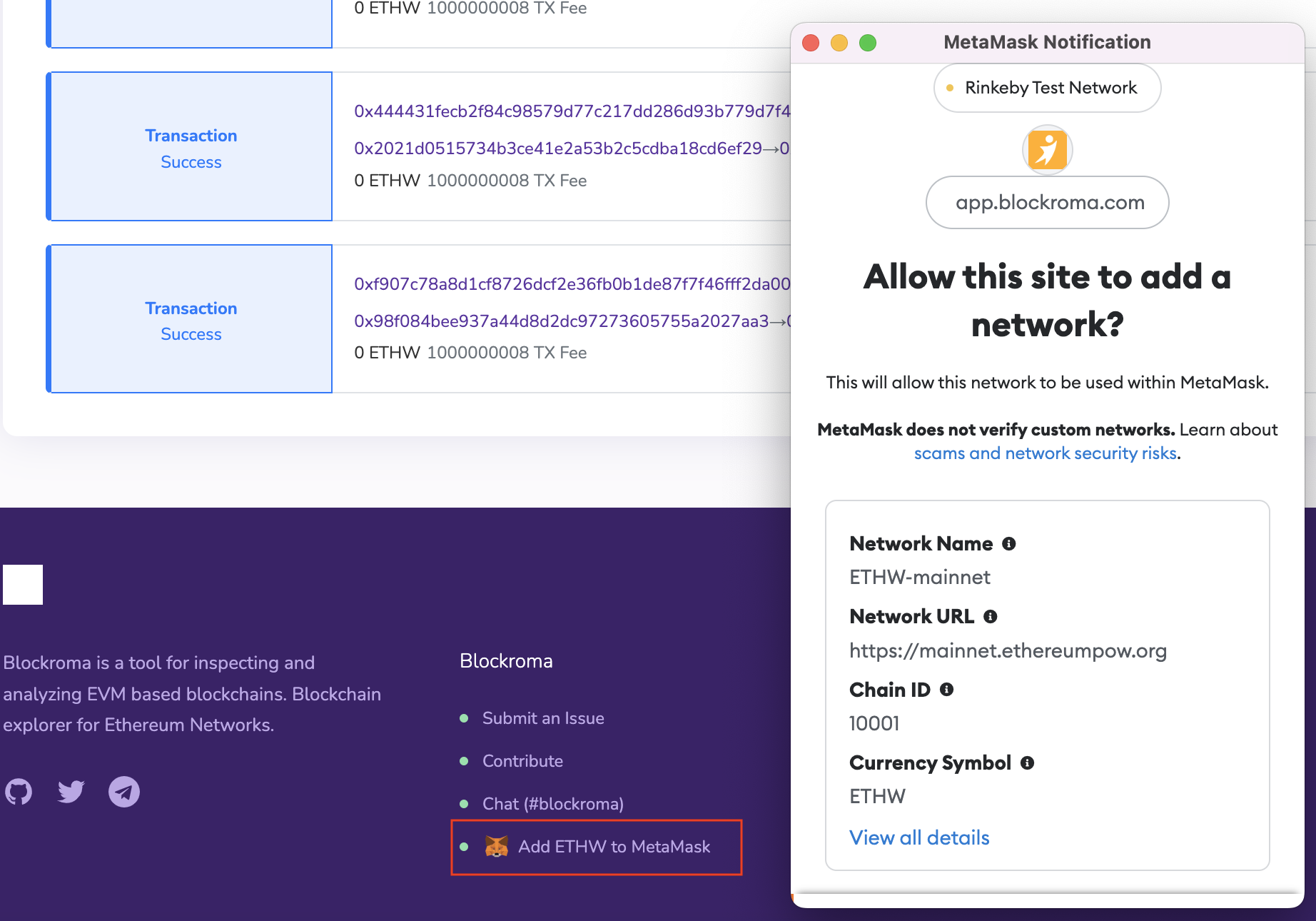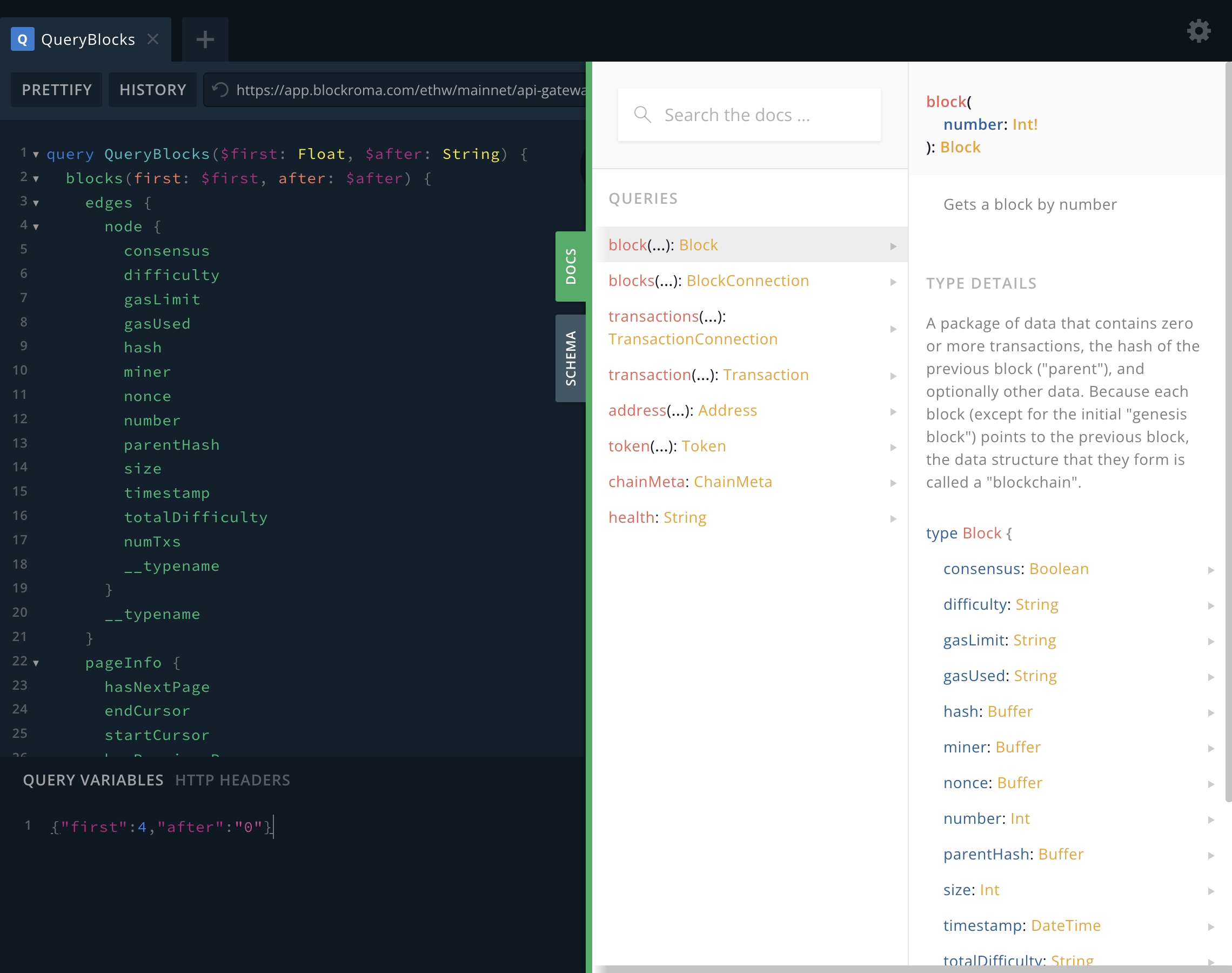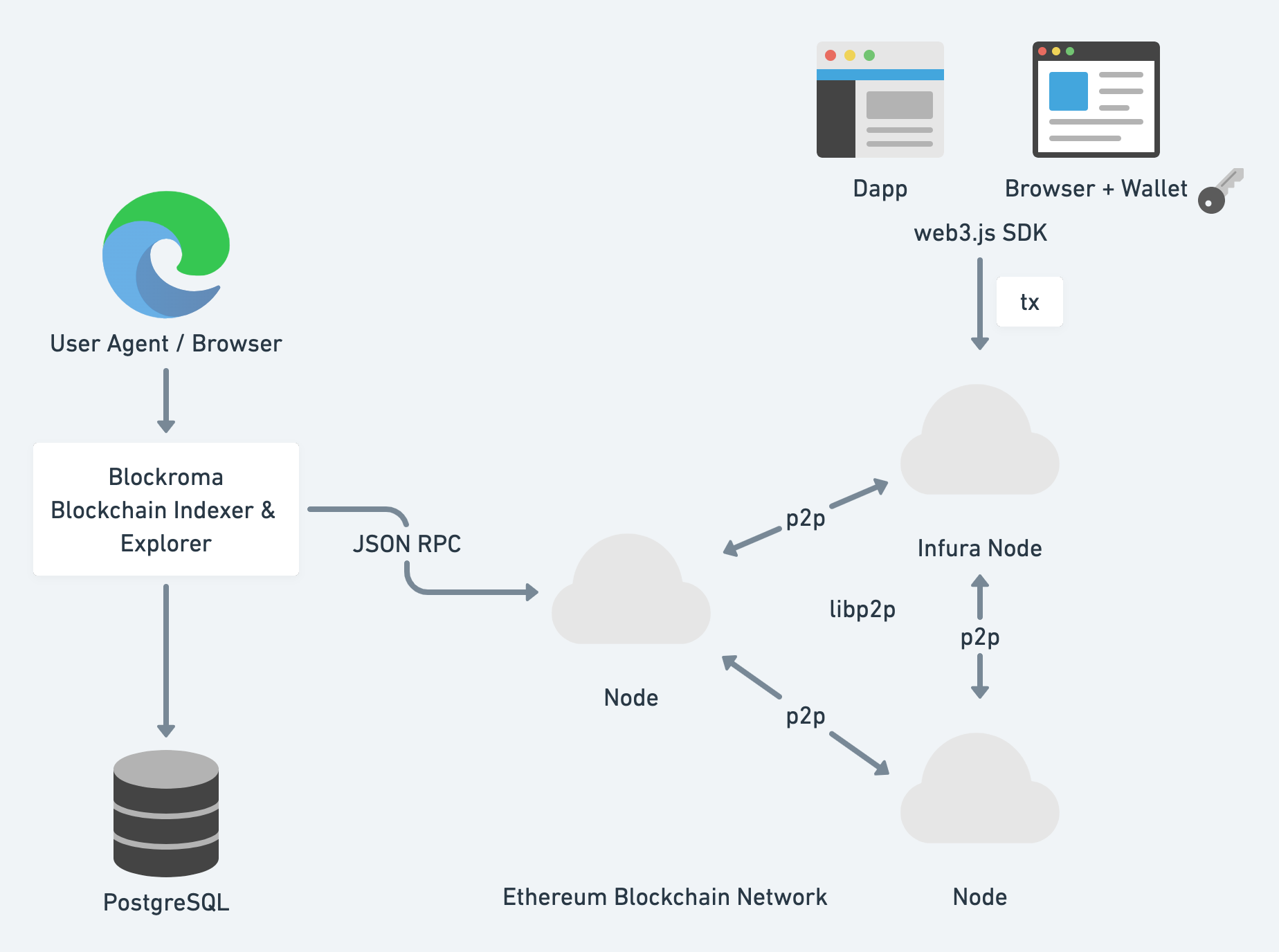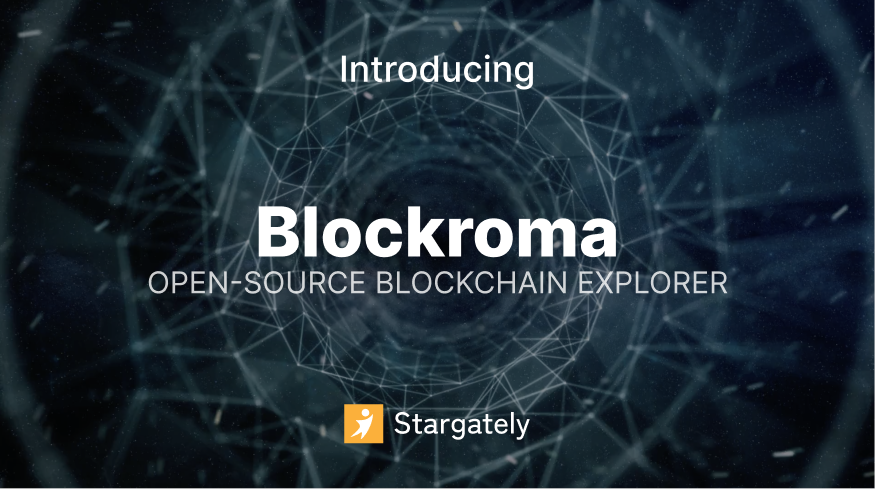Discover the power of our newly launched Tokens Page on Blockroma. This guide navigates you through this open-source feature, designed for exploring EVM-compatible blockchain's ERC20 tokens seamlessly. Experience the future of token exploration with Blockroma.
A New Feature Launch
Welcome to a new chapter in your Blockroma experience. We are glad to announce the launch of a new feature on our platform - a comprehensive Tokens Page. Designed to enhance your navigation and exploration of EVM-compatible blockchain's ERC20 tokens, this new addition brings a myriad of user-friendly features to your fingertips. The open-source nature of this feature ensures a transparent and reliable interface for all users.
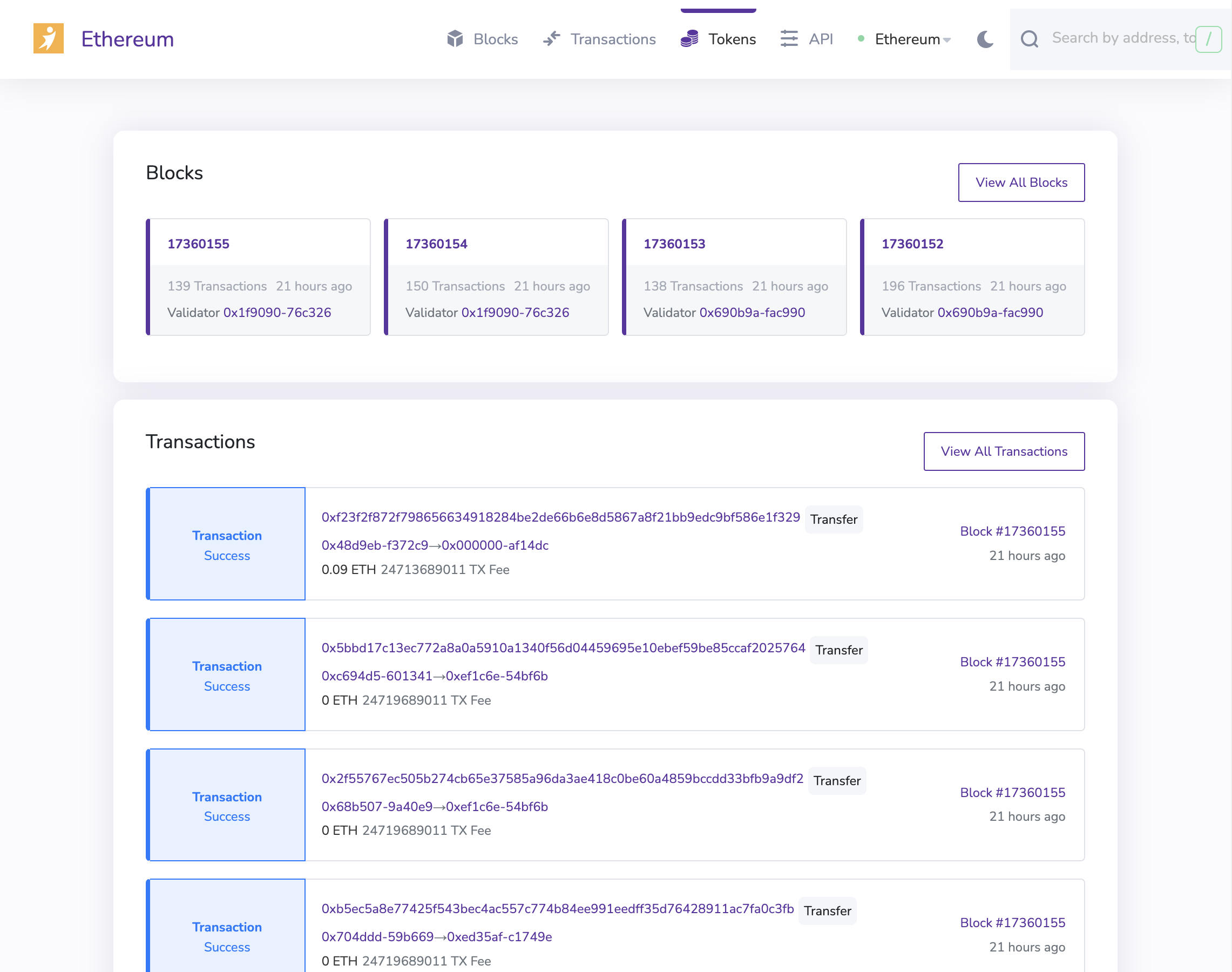
Exploring the Tokens Page
The newly launched Tokens Page is no less than a treasure trove of ERC20 tokens. It enables you to browse through these tokens page by page, making the exploration process both engaging and enlightening. The interface is simple yet dynamic, allowing for seamless interaction and exploration.
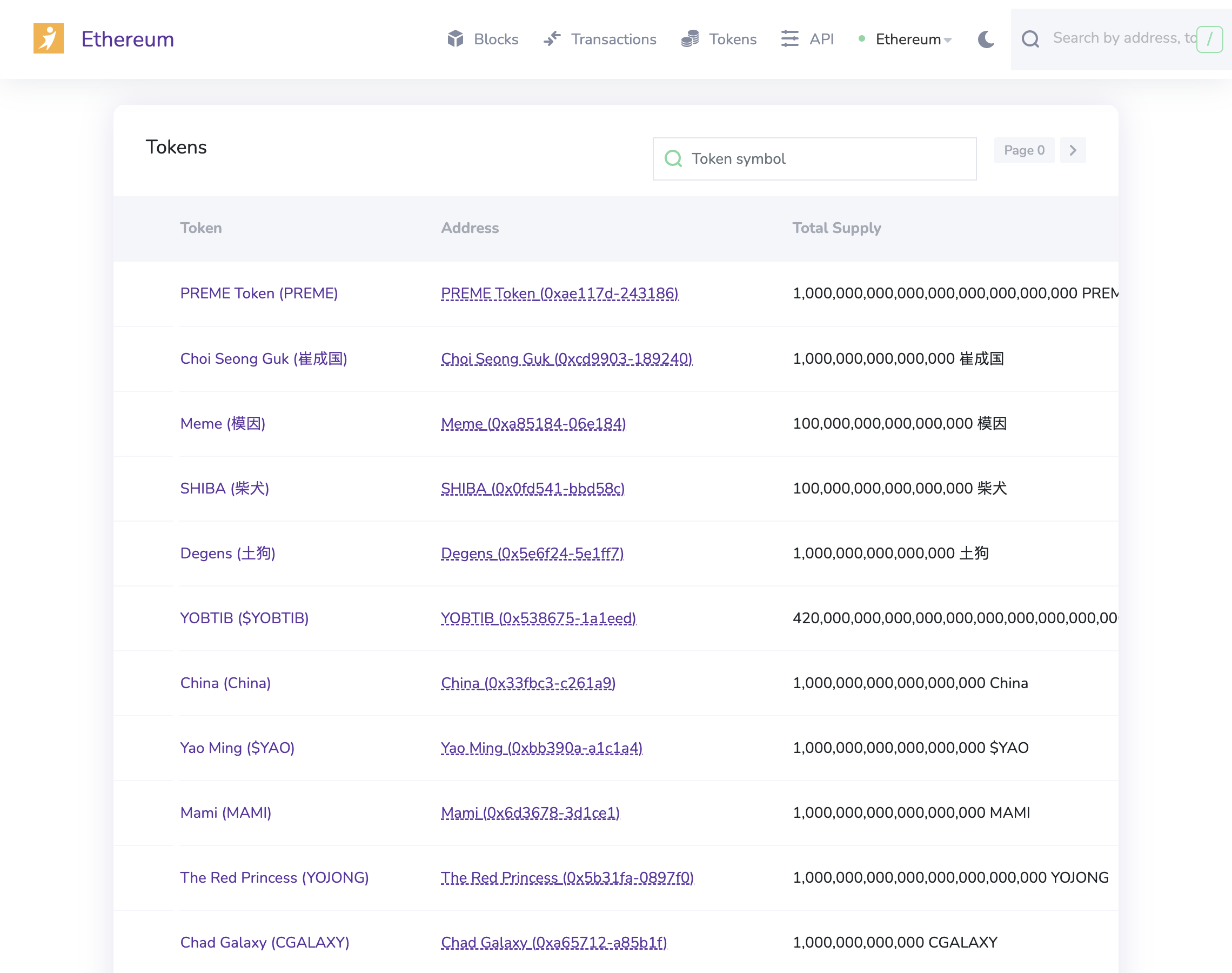
Searching Tokens by Symbol
One of the key features of our new Tokens Page is the ability to search tokens by symbol. This tool is specifically designed to streamline your search process. By simply entering the token's symbol, you are presented with a detailed view of the specific token, enabling quick and efficient access to the information you seek.
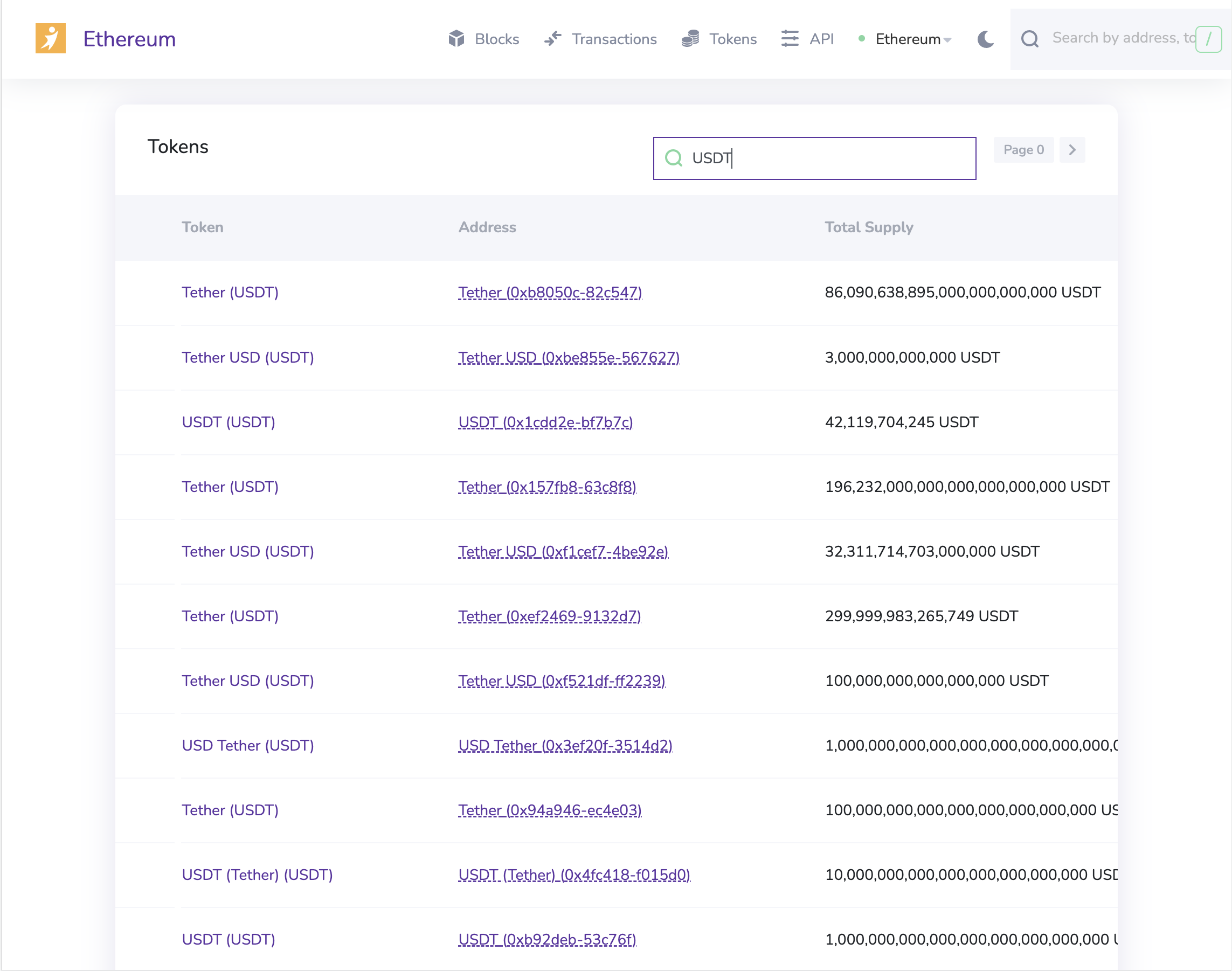
The Tokens Page is not just a functional addition but also a commitment to providing a user-friendly experience. We have paid careful attention to ensuring that the design and interface are intuitive and easy to navigate, even for users new to the blockchain world.
As an open-source project, the Tokens Page promotes transparency and inclusivity. It is a testament to the power of community involvement in developing technology that is equitable and accessible. The open-source ethos is a cornerstone of Blockroma, and the Tokens Page is a significant embodiment of this spirit.
The Tokens Page is not just an end, but a beginning. As we continue to innovate and improve, we will consistently update the page to provide the most accurate and up-to-date token information, making Blockroma your go-to platform for all your ERC20 token needs.
Conclusion: A Milestone in Blockroma's Journey
The launch of the Tokens Page is a major milestone in our journey. We believe it will significantly enrich our users' experiences, providing them with an effective tool for exploring and understanding the vast world of EVM-compatible blockchain's ERC20 tokens.
